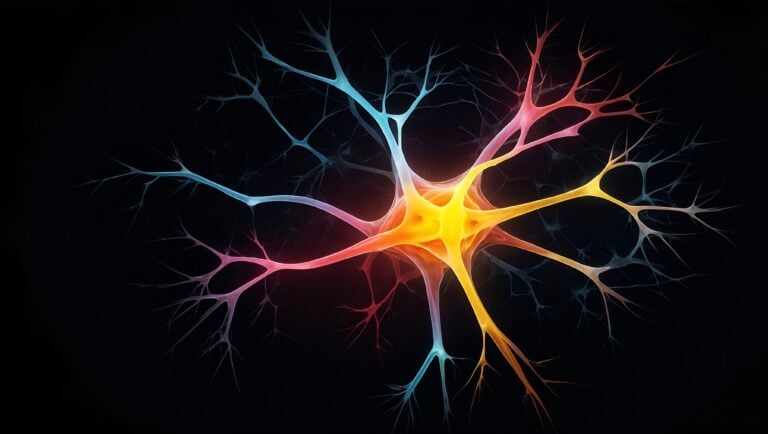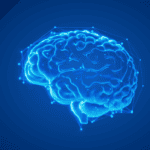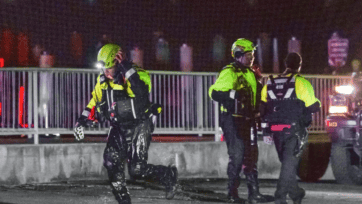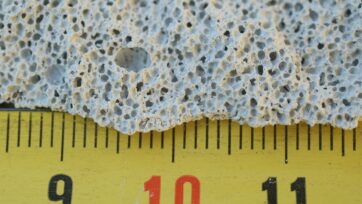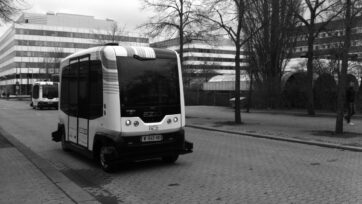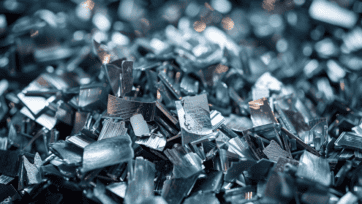(Image credit: geralt / Pixabay)
A pioneering electrical spinal cord stimulation therapy has demonstrated remarkable success in improving movement and muscle function in spinal muscular atrophy (SMA) patients, according to a new study by researchers at the University of Pittsburgh School of Medicine. The pilot clinical trial, which involved three adults with SMA, showed that one month of targeted neurostimulation led to increased strength, reduced fatigue, and enhanced walking ability—significantly outperforming conventional treatment methods.
The findings, published in Nature Medicine, mark the first time that a neurotechnology has been designed specifically to reverse neural circuit degeneration and restore function in a neurodegenerative disease.
How the Therapy Works
SMA is a genetic neuromuscular disorder that leads to progressive motor neuron loss, causing muscle weakness and movement impairments. While gene therapies and pharmacologic treatments can slow disease progression, they do not restore lost function.
Researchers at Pitt developed a non-invasive approach that stimulates sensory spinal nerves, gradually reactivating dormant motor neurons and improving communication between the nervous system and muscles.
The treatment involved the implantation of two spinal cord stimulation (SCS) electrodes in the lower back, specifically targeting sensory nerve roots. Over 29 days, participants underwent 19 neurostimulation sessions, each lasting four hours.
Comparison to Existing SMA Treatments
The study’s results highlight the superior impact of neurostimulation therapy compared to conventional exercise and pharmacologic approaches:
- Participants improved their 6-Minute Walk Test score by at least 20 meters. By comparison, individuals undergoing a three-month SMA-specific exercise regimen unaided by neurostimulation showed an average improvement of just 1.4 meters.
- Patients receiving SMA-specific pharmacologic therapy saw a median improvement of 20 meters over 15 months, a timeframe significantly longer than the one-month duration of this study.
These findings suggest that electrical neurostimulation could complement or even enhance existing SMA treatments, offering faster and more substantial functional gains.
Significant Improvements in Motor Function
In addition to increased walking endurance, participants experienced:
- Reduced fatigue: One patient, who previously struggled with daily activities, reported being able to walk from their home to the research lab without exhaustion by the end of the study.
- Enhanced muscle activation: Researchers observed a boost in motoneuron activity, leading to stronger electrical impulses from the spinal cord to the muscles.
“For SMA patients, improvements over time are generally not expected,” said Dr. Elvira Pirondini, assistant professor of physical medicine and rehabilitation at Pitt and co-corresponding author of the study. “But in this trial, we saw consistent functional gains across multiple clinical measures, which is not something we typically see in SMA treatment.”
Potential for Treating Other Neurodegenerative Diseases
The study also suggests that spinal cord neurostimulation may have broader applications beyond SMA. Similar neurostimulation strategies could be explored for ALS (amyotrophic lateral sclerosis), Huntington’s disease, and other conditions affecting motor neurons.
“We are hoping to continue working with SMA patients and launch another clinical trial to test the long-term efficacy and safety of electrical spinal cord stimulation,” said Dr. Robert Friedlander, chair of neurosurgery at Pitt.
With further research, this drug-free, non-invasive approach could revolutionize treatment for a range of neurodegenerative diseases, providing new hope for patients with progressive motor impairments.
Reference
2025, ‘Reawakening Dormant Nerve Cells: Groundbreaking Neurotechnology Restores Motor Function in SMA’, SciTechDaily, viewed 14th February 2025, <https://scitechdaily.com/reawakening-dormant-nerve-cells-groundbreaking-neurotechnology-restores-motor-function-in-sma/>
